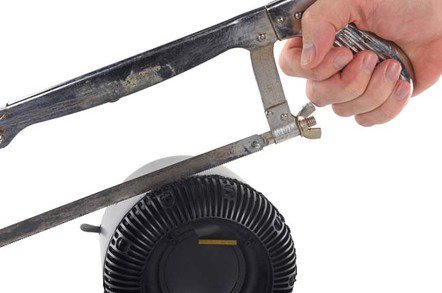Welcome to Planet Frustration, which sounds lovely but won’t play nice with others
The HomePod is considerably more expensive than its rivals, but buyers can console themselves that the money has been spent on quality materials and construction. The device proved harder to get into than Fort Knox, as a crew at iFixit discovered.
The HomePod proved to be one of the outfit’s more interesting teardowns for years, as it revealed Apple has deployed beamforming techniques using a very sophisticated array of seven tweeters and seven microphones. Beamforming is a staple of immersive 3D audio, but here it’s used to optimise the output and perhaps more importantly also optimise the input too, to produce cleaner air for Siri. The beamforming adapts to the peculiarities of the room, and should be able to isolate unwanted voice sources such as a TV or radio so that Siri doesn’t end up dialling whatever number is mentioned in an ad.
Apple also put an iPhone 6 A8 chip at the heart of the HomePod. It’s a well-disguised computer – and a well-armoured one too. Apple’s new “acoustically transparent” mesh proved tough to get past.
For all its hardware wizardry, HomePod has some surprising and serious flaws. It can’t distinguish between multiple users, or whether those multiple users belong to multiple iTunes accounts or a family account. That’s quite a drawback in a media player, as is the inability to play third party content yet. Another peculiarity of this US$349/£319/AU$499 gizmo: there’s no line-in port. That means it can’t act as a speech gateway to a proper Hi-Fi and will struggle to compete with Alexa-enabled Sonos kit.
The success of the Echo – “tens of millions” were sold over Christmas, according to Amazon – and the explosion of me-too copycats has convinced some that speech-driven gadgets are now truly mass market. We used to think that Palm and Psion PDAs were “mass market” once too – back when you couldn’t move for seeing one. And we know what happened to them. ®






